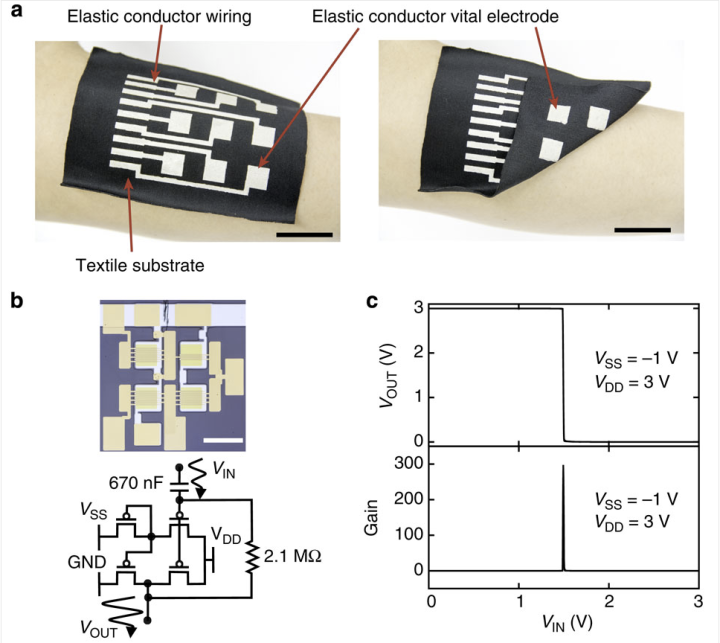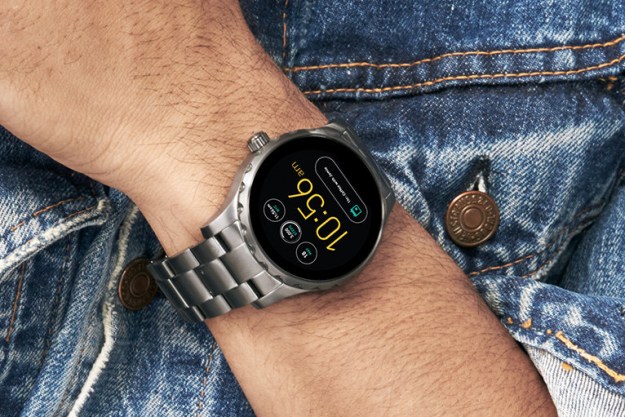
According to the press release from the university, “Current printed electronics, such as transistors, light-emitted diodes, and solar panels, can be printed on plastic or paper substrates, but these substrates tend to be rigid or hard. The use of soft, stretchable material would enable a new generation of wearable devices that fit themselves to the human body.”
The problem previously was developing an ink that was simultaneously highly conductive and elastic without requiring a tedious printing process. But now, under the leadership of Professor Takao Someya, an ink made of silver flakes, organic solvent, fluorine rubber, and fluorine surfactant has “exhibited high conductivity even when … stretched to more than three times its original length.” This degree of elasticity far outstrips its nearest competitors, which can only be stretched to two and a half times their original length.
“Our team aims to develop comfortable wearable devices,” Someya said. “This ink was developed as part of this endeavor. The biggest challenge was obtaining high conductivity and stretchability with a simple one-step printing process. We were able to achieve this by use of a surfactant that allowed the silver flakes to self-assemble at the surface of the printed pattern, ensuring high conductivity.”
With this new ink, it may be possible to print shirts, pants, and other articles of clothing that monitor vital signs like heart rate, pulse, and muscle movements, much like current wearables like the FitBit and Apple Watch do. Indeed, keeping track of your health would be as easy as getting dressed in the morning. Currently, devices like the FitBit and Apple Watch are encumbered by the necessity of rigid, immobile chips that would be uncomfortable if embedded in everyday clothing. But now, this ink opens the doors to a whole bevy of optionality when it comes to types of smart clothing.
Of course, the arrival of this ink doesn’t sound the death knell for other types of wearables. In an email interview with Computer World, Someya noted, “This doesn’t mean that smartphones, smartwatches and smartglasses will disappear. Simply, electronic clothing will add one more attractive layer of diversity.” And it’s a diversity that many have been awaiting for a long time.


